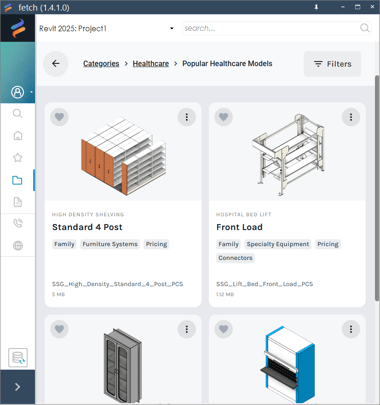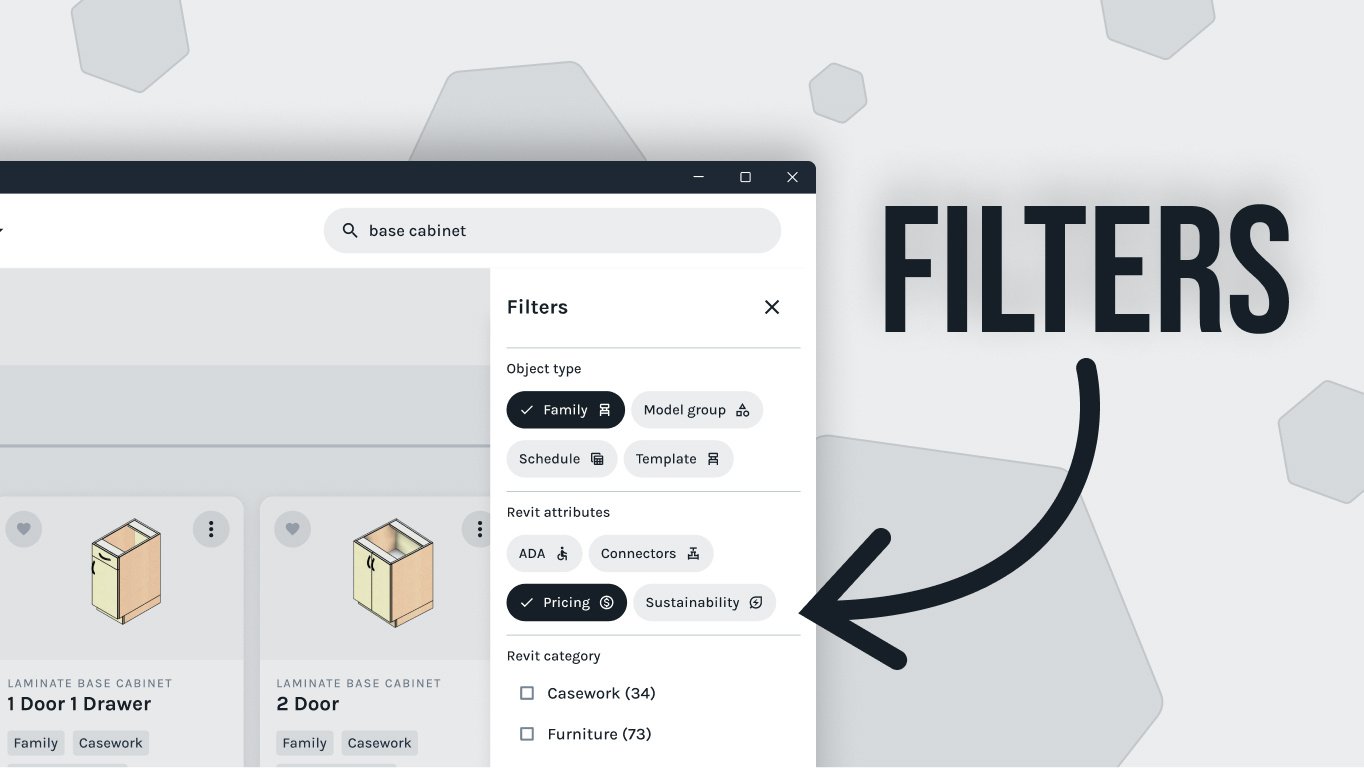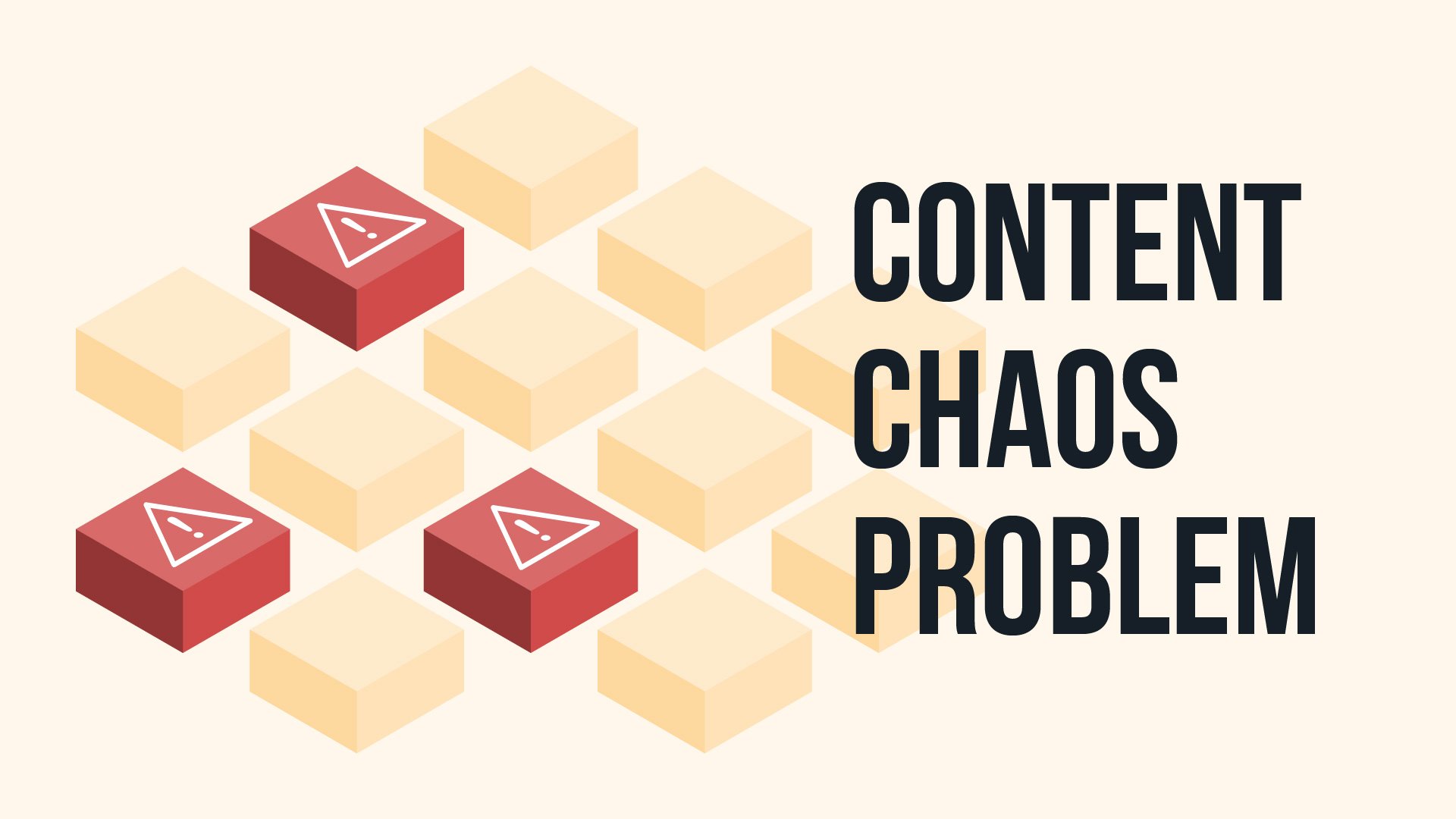You’re deep into design. The client is happy, the schedule is tight, and the concept is coming together. You download a Revit family from a reputable manufacturer. It looks fine at first. But the moment it hits your model, things get weird.
Parameters don’t match. Views start to break. File size jumps. Now you’re troubleshooting instead of designing.
Sound familiar?
This is the hidden threat behind most AEC projects. Content that looks reliable often carries problems just beneath the surface, and if your team is like most, this isn’t a one-off. It’s routine.
How Bad Content Gets Into Good Models
There are two common strategies manufacturers use to turn their products into Revit content, and both carry hidden risks.
1. Imported Geometry, Lightly Wrapped

.png?width=359&height=248&name=imported-materials(1).png)
Manufacturers often import geometry from other applications and quickly wrap it in a Revit family. On the surface, it looks like a shortcut. But under the hood, it creates real problems:
- Over-detailed geometry that bloats models and makes drawings harder to work with
- Floods the project with imported materials, patterns, and line styles (often prefixed with IMPORT-)
- No parametric logic, meaning every variation becomes a separate, poorly named family
What should be one clean, flexible family becomes a cluttered, static collection of parts that slow down every phase of the project.
2. Outsourced Families That Get Stale Fast

Some firms try to solve the content problem by outsourcing family creation. This starts off stronger, but the problems show up later:
- Families are built once, then left behind; no updates, no maintenance
- Product data becomes outdated within months
- Geometry no longer reflects current manufacturing constraints or options
- No support team when issues arise, leaving BIM managers to rebuild from scratch
Design teams are forced to work without the context they need to make smart decisions. And when the files are wrong, the design breaks, the model lags, or the bid goes sideways.
What Smart Teams Are Doing Differently
Forward-thinking AEC teams are changing the way they manage content. They treat it like infrastructure, essential, intentional, and worth maintaining. Here’s what they prioritize:
- Curated, pre-approved content libraries
- Parameterized, flexible families
- Ongoing QA and lifecycle updates
- Data that stays aligned with product reality ,not just design intent
The result is fewer errors, faster coordination, and models that actually support decisions across the project lifecycle.
Smarter Foundations with FetchBIM

At Fetch, we believe better content leads to better outcomes. That’s why our system delivers curated models built to high standards, then keeps them current through active updates.
Every family in our library is:
- Fully parameterized and performance-optimized
- Maintained through a rolling five-year update policy
- Backed by real product data, including pricing, shipping, and size
- Validated by both BIM experts and manufacturer constraints
You don’t have to wonder if your content is buildable or current, you can see it. Right inside the model.
Final Takeaway: Content Shouldn’t Just Work, It Should Help You Design
Bad content doesn’t just create technical problems, it removes context. It hides cost, distorts availability, and forces designers to work in the dark.
With Fetch, you don’t just get clean families. You get decision-ready content that evolves with your project, and your tools.
Tired of starting with junk?
Here’s how to clean it up, and keep it clean.



